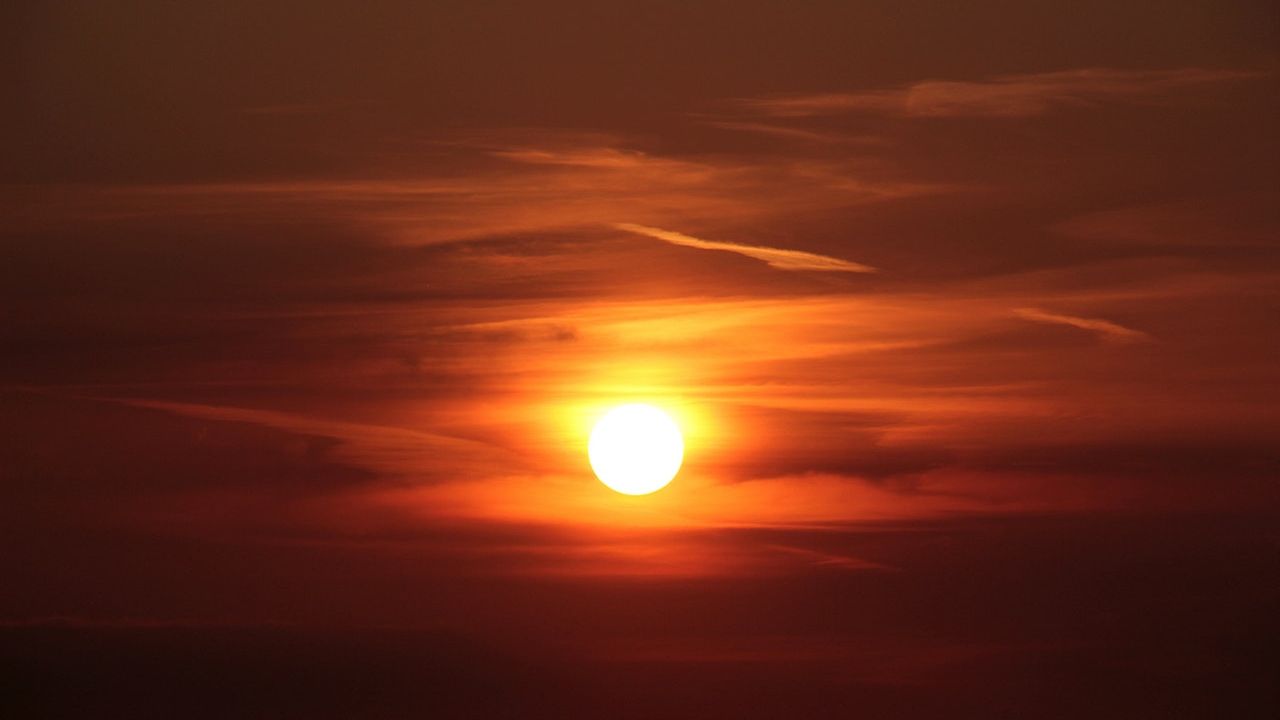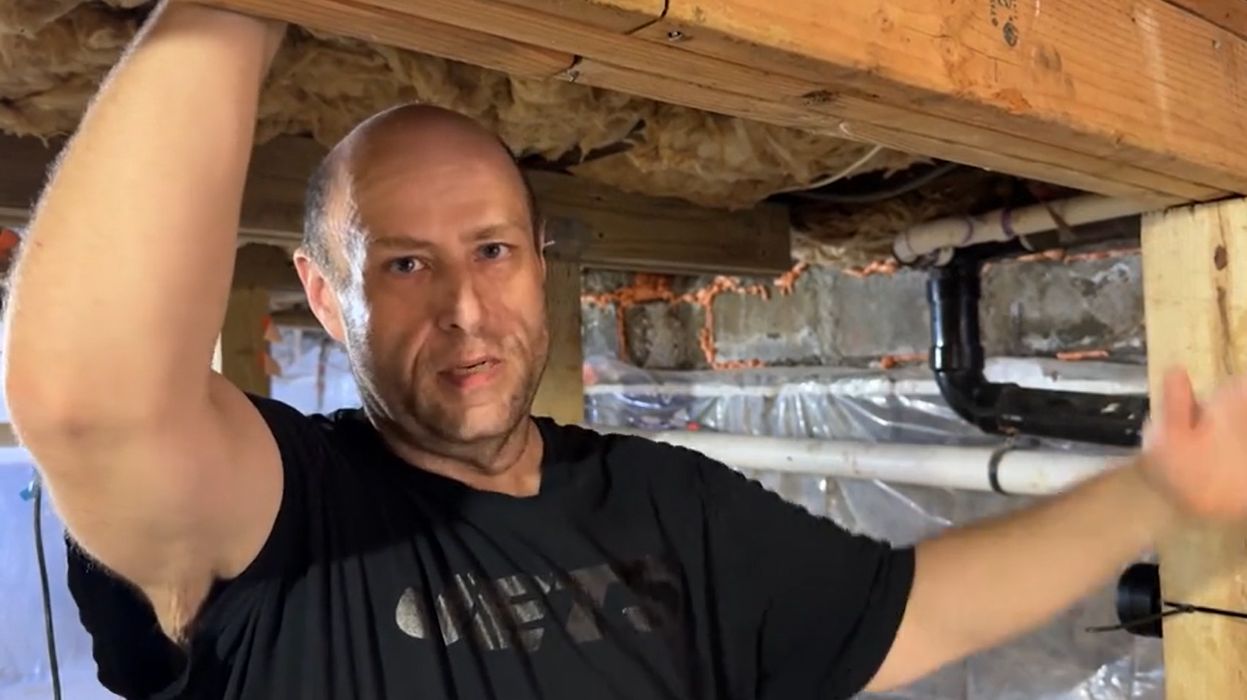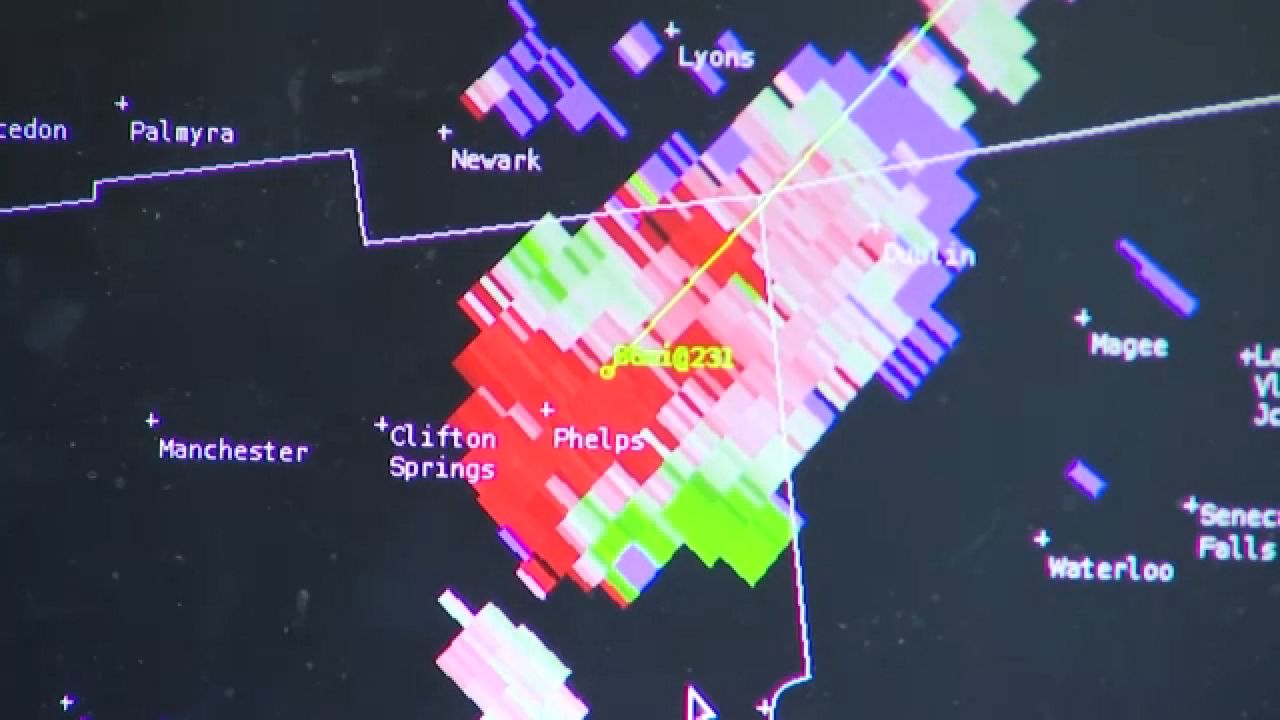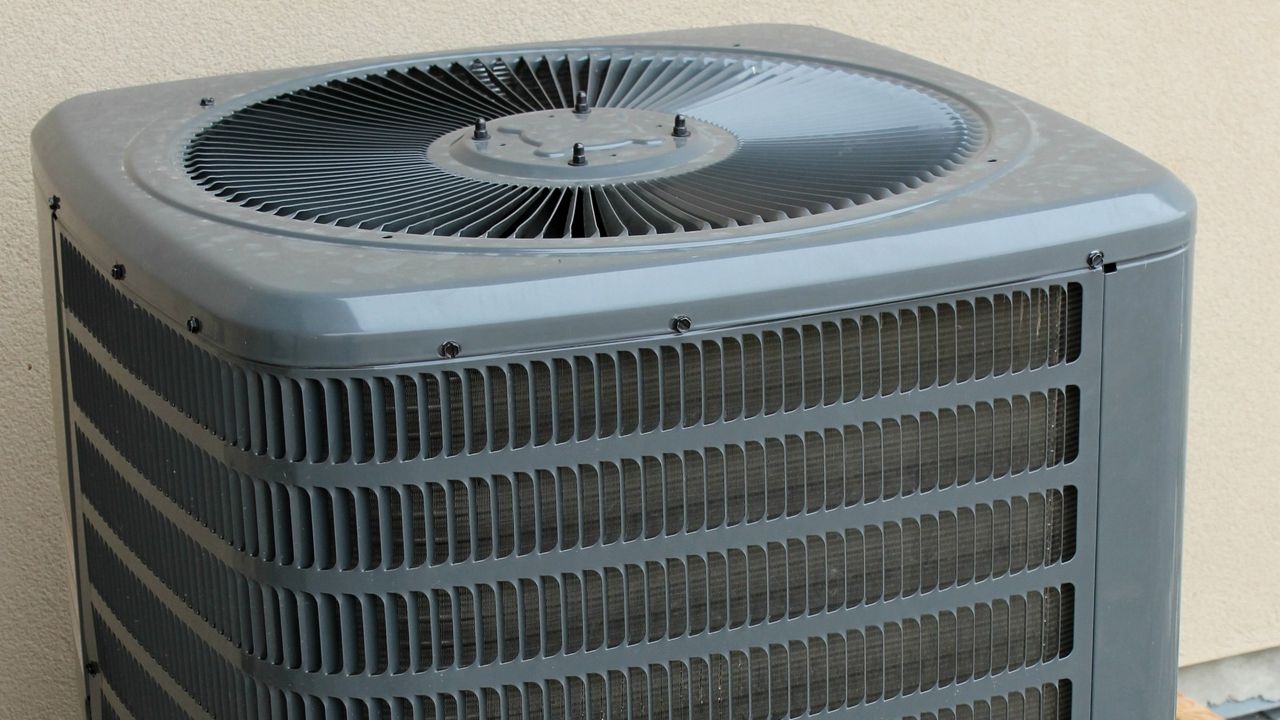Living in New York comes with four seasons and potentially more severe weather. From the deadly blizzard that shut down Buffalo at the end of 2022 to this summer's massive flooding in the Hudson Valley, weather-related disasters are having a lasting impact.
Still, some communities are not just trying to recover, but rebuild stronger after so-called "billion-dollar storms."
In July, heavy rain and widespread flooding destroyed roads, railways and homes in Highland Falls.
Mayor Joe D’Onofrio said repair efforts are still underway.
What You Need To Know
- The U.S. has seen an increase in the frequency of "billion-dollar" weather events
- These events devastate areas and do approximately $1 billion worth of damage
- Over the last 40 years, the cost of the 371 weather events affecting the U.S. has been estimated at over $2.6 trillion
- 2023 was a record year with 23 billion-dollar weather events, the last 40 years saw an average of about 8 per year
“I have between $35 and $40 million in damages," he said. "Water plant, sewer plant, my water tanks, roads. FEMA's here actually today, going to all those issues that we have.”
The flooding in Highland Falls and other parts of upstate was designated as a billion-dollar weather event, according to the National Centers for Environmental Information.
This year has seen 23 weather events nationwide that have exceeded $1 billion in damages. From 1980 to 2022, a typical year saw only eight of such events.
Scott Rochette, the earth sciences department chair at SUNY Brockport, said these events are becoming more frequent because the atmosphere and the oceans are getting warmer.
“Warmer water means more energy and more moisture being put into the air, and any moisture and energy gets put into the air will fall out as precipitation," he said. "So more and more water going in means more water coming out.”
Communities need to rebuild with resilient infrastructure to ensure the next storm won’t devastate them. But Rochette said there's not much they can do to slow these massive weather events.
“Maybe think differently about what we do as a society, what we value as a society, maybe not build so many expensive properties near water," he said.
In Highland Falls, D’Onofrio said they’re working on improving infrastructure for future storms. That includes getting bigger, stronger storm water pipes.
But some people are still displaced from their homes, and FEMA assistance for homeowners is still needed.
“The anxiety when a storm comes, a thunderstorm comes, and we've had a few of them since this major flood," he said. "People are anxious. They have anxiety, they're scared. I understand because we're all paying more attention to the weather now.”










